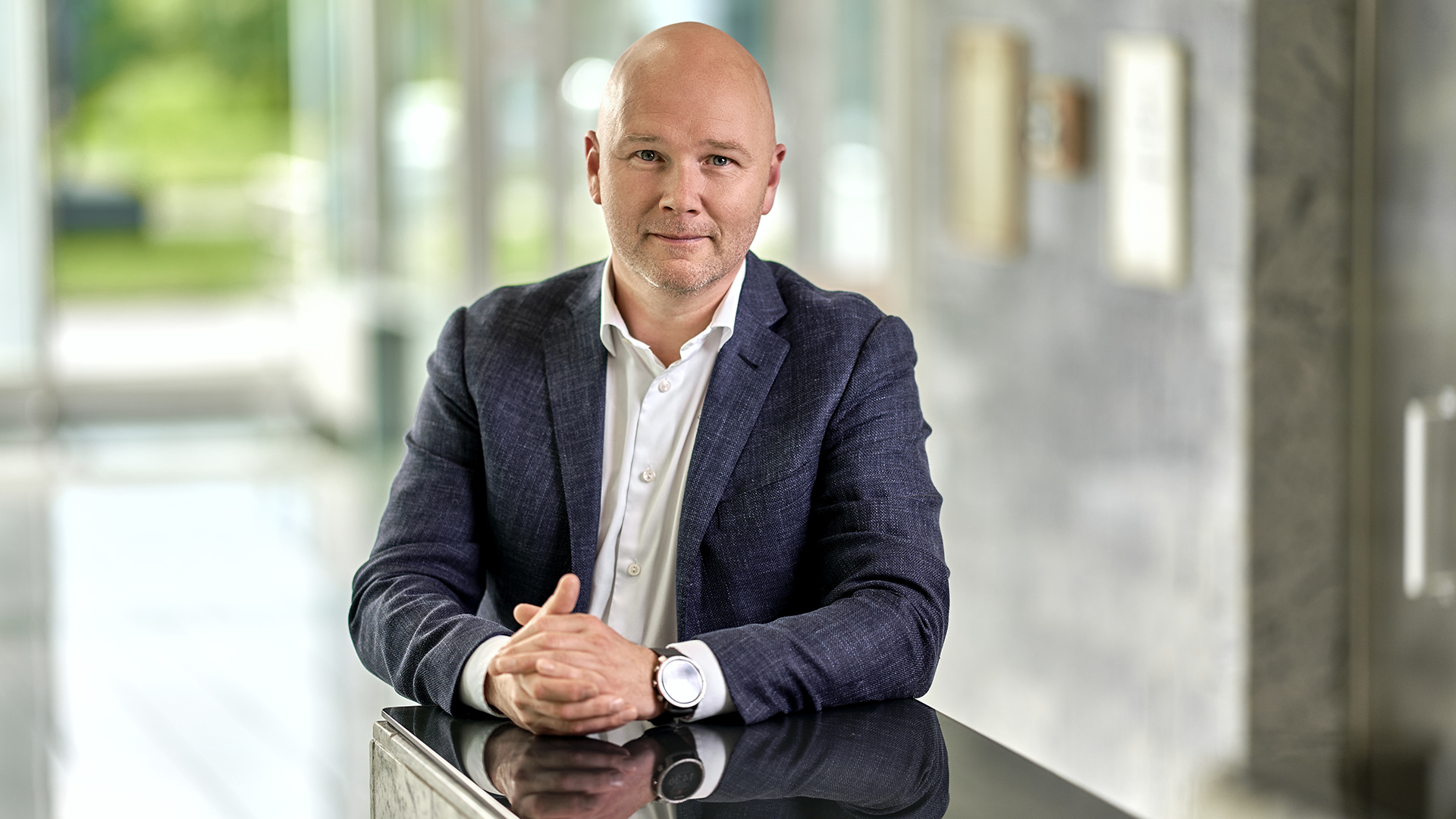Polar CEO Sander Werring: “We always go after the hard stuff”
Mr Werring on the launch of their latest flagship watch, lending their expertise to other companies and the future of wearables


It’s not every day that you get to speak to people like Polar CEO Sander Werring. He’s been working for one of the most well-known wearable companies for nearly two decades, which he finds somewhat amusing when I mention at the beginning of the interview: “That makes me sound very old!”
The reason for our virtual chat is the recent announcement of Polar’s latest flagship multisport watch, the new Vantage V3, as well as the new sensing platform called Polar Elixir. “The Vantage V3 is what we call a flagship product, but that’s not consumer language,” says Mr Werring, “It’s a device that serves as a reference for what we’re capable of as a company.”
Indeed, it’s unlikely we won’t include the wearable in T3’s best multisport watch guide once it’s been thoroughly tested. It has a fast processor, a beautiful AMOLED screen, offline maps, and a long battery life – a culmination of Polar’s 50-year-old mission to educate the market about the need for and the benefits of heart rate monitoring.
Mr Werring defines the target audience of the Vantage V3 as “performance athletes who have the knowledge and the capability to interpret the data provided by the wearable”, but he admits that the watch will also be used by many everyday athletes who follow the ‘sports first, life second’ approach. “[These people have] a big space in their lives dedicated to sports and physical activity.”
The greater the crowd, the greater the joy
“The drive to educate the market about the benefits of on-wrist heart rate monitoring led to Polar continuously trying to innovate and improve the science of wearables,” explains Mr Werring, “Nowadays, everyone understands what you can get out of wearables to a certain extent.”
That’s a nice way to put that the market for the best smartwatches is getting extremely saturated, with new brands coming out of the woodwork in what feels like every week. That said, Mr Werring doesn’t seem too concerned; if anything, he seems to prefer competition: “There are a lot of devices out there, which is actually a great benefit for us as a company.”
“The infrastructure of the vehicles (i.e. smartwatches) is more mature, and the understanding of the value of health data and the use of data is more widespread,” he goes on, “That’s why we’re focusing on perfecting the sensing platform and the scientific validation of data these days. We don’t have to focus on education as much as we used to 50 years ago when the first Polar watch was launched.”
Get all the latest news, reviews, deals and buying guides on gorgeous tech, home and active products from the T3 experts

“We said, ‘OK, we will position ourselves in the centre of the wearable space’.”
Sharing is caring
Polar’s mission is to help people live happier and healthier lives, which is noble but, one might say, unattainable on a large scale, considering the market share of the Finnish company.
However, it explains one of the most unusual moves of recent times in the wearable industry, namely the company’s Powered by Polar platform, which allows other companies to access the Finnish brand’s expertise in health and fitness tracking in their wearables.
“We saw an opportunity to enhance the experience of wearables currently out there”, Mr Werring says, “We said, ‘OK, we will position ourselves in the centre of the wearable space’.” From Polar’s mission of affecting people’s lives positively, the ‘Powered by Polar’ approach makes perfect sense. By letting companies like Japanese digital watch giant Casio use Polar’s sensors and algorithm, it opens the door to other people to enhance their lives through a better understanding of data.
Sharing the love doesn't mean Polar has forgotten about its own platform. "We won’t quickly change the way our products work to provide a smooth transition between different generations of Polar watches,” Mr Werring adds, “It’s important that we have this infrastructure that develops in a granular fashion all the time, allowing people to enjoy the latest Polar watches without a steep learning curve.”
Looking ahead
Polar’s never been famous for sitting on its laurels for too long. As Mr Werring succinctly puts it, “As a company, we always go after the hard stuff.” This meant educating people about the benefits of wrist-based heart rate monitoring systems 50 years ago when Polar was founded. Things have changed significantly since then.
“In the past, sports were an enabler for good health. Nowadays, it’s turning around,” he says, “Today, health is an enabler to perform better at sports. As a result, wellness features are becoming more important, such as sleep and recovery guidance. This means that more wellness and health features are appearing in our products.”
As technology advances, the barrier to entering the smartwatch market is constantly being lowered. Mr Werring is confident this won’t be an issue for Polar. “We have been predominantly focusing on sports and athletes,” he clarifies, “and tried to master translating complicated training matters into easy-to-understand guidance, something our customers appreciate.”
As a wearable expert – if I may call myself one – I’m excited to see what the future holds for Polar. I share Mr Werring’s ‘the more, the merrier’ view of the wearable market and agree with the positive effect it could have on innovation and technological advancement. What does this mean for the Polar Vantage V3? Only time will tell.

Matt Kollat is a journalist and content creator who works for T3.com and its magazine counterpart as an Active Editor. His areas of expertise include wearables, drones, fitness equipment, nutrition and outdoor gear. He joined T3 in 2019. His byline appears in several publications, including Techradar and Fit&Well, and more. Matt also collaborated with other content creators (e.g. Garage Gym Reviews) and judged many awards, such as the European Specialist Sports Nutrition Alliance's ESSNawards. When he isn't working out, running or cycling, you'll find him roaming the countryside and trying out new podcasting and content creation equipment.